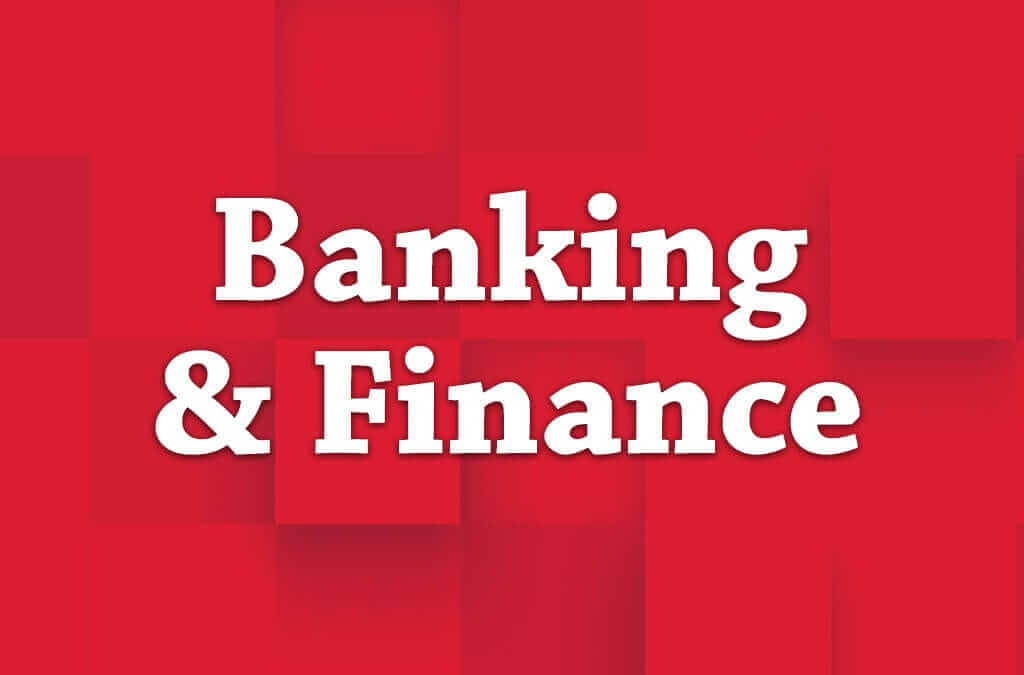Last week, Wired Magazine covered the unveiling of a new mobile-only bank. This branchless institution has the industry wondering if exclusively mobile financial services are models for the future. Were the new trend to become an industry standard, community banks and big banks alike would be eliminated or forced to take on completely revamped business routes. The biggest question consumers need answered, though, is how secure would finances be in an exclusively mobile world?
How secure are we now?
CNN Money reports that more than 50 percent of mobile users in the U.S. are concerned with issues of information safety when it comes to mobile banking. ThreatMetrix’s Alisdair Faulkner told the news provider that although a few worries are legitimate, “some concerns are simply because technology is so new.”
The possibility of identity theft through wireless smartphone systems is unlikely, according to the news source, but malware is predicted to become more of a threat for iOS and Android devices alike in coming years. George Tubin, a strategist at Trusteer (a digital security firm), says that an increase in payments through what are called “nascent” apps – applications that allow the user to pay retailers with his phone – will bring trickier business to the surface of mobile banking security issues, as reported by CNN.
Adapting to a digital age
In moving forward, the country’s increasingly mobile community may begin to transition assets to primarily intangible means of access. NPR reminds readers of the sudden lifestyle and banking community changes brought about by the advent of the ATM machine. When these banking robots were introduced over 30 years ago, people questioned how safe their funds would be with such open devices available to the public. Now consumers deposit checks into them – or, increasingly, by photo with a smartphone.
Going mobile and sticking to traditional banks put consumers at largely similar (i.e. minimal) risk, but mobile venues have only developed such security standards over the last two years according to a report by NPR. The news station recently highlighted mobile security expert Andrew Hoog’s tests on six popular mobile banking apps. In his study, all but one failed. Ironically, the test had positive results for the companies involved: In the months following the results, each made changes to its technology, improving consumer mobile protection.
After choosing a highly-regarded app for mobile banking, the best step for consumers to take is to learn the importance of strong passwords, as defined by the University of Texas. With a difficult-to-guess code, mobile banking users can do their part to help thwart would-be hackers. Thankfully, the advancement of technology often goes hand-in-hand with improvements in security.

